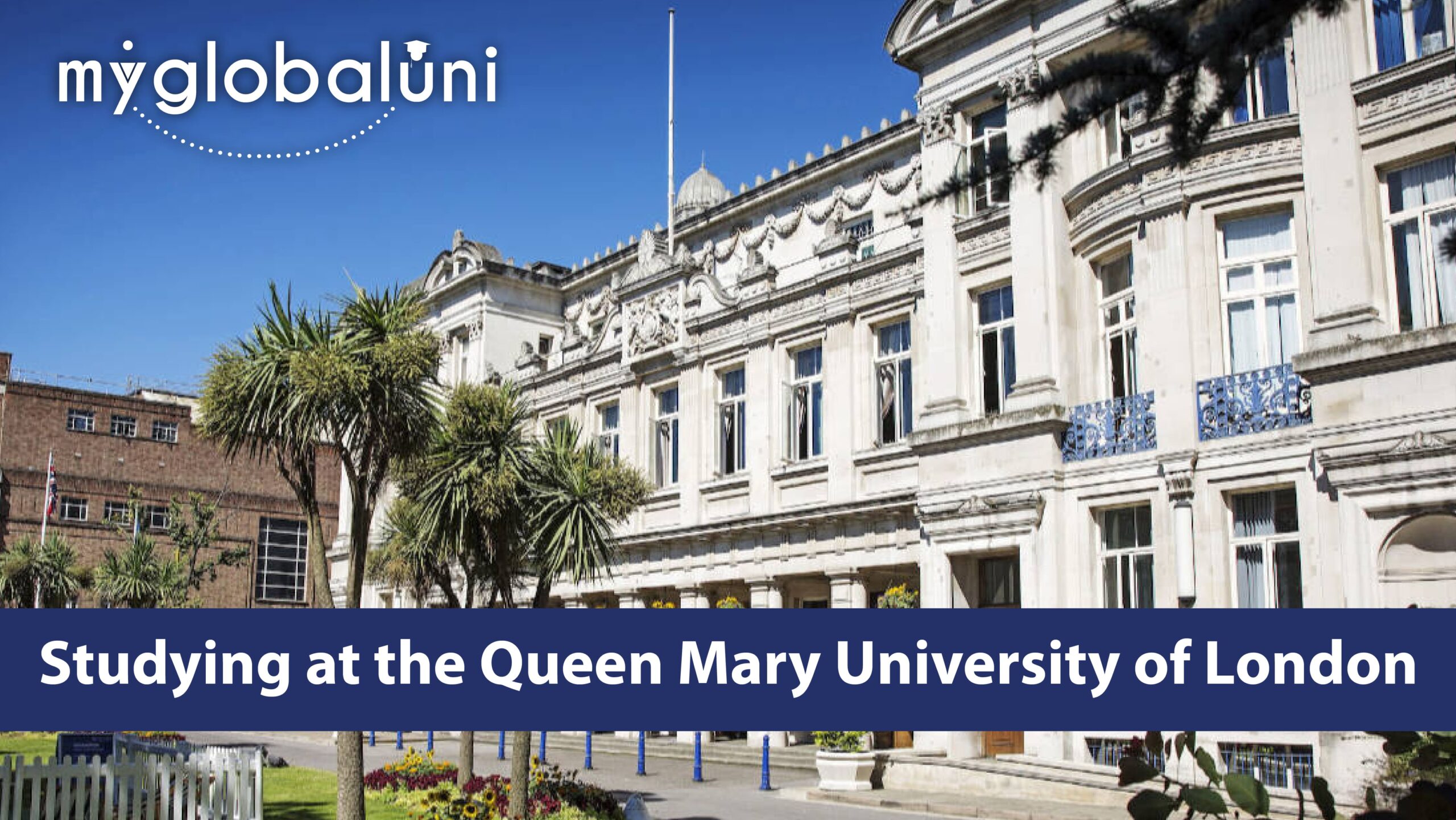
- by myglobaluni
Queen Mary University of London (QMUL) is a research institution in the United Kingdom, based in London. QMUL’s history begins in 1785, when four outstanding educational institutions in London merged to form Queen Mary University of London. St Bartholomew’s Hospital and the London Hospital Medical College (or London Infirmary, England’s first medical school officially) were established for the general public, whereas Westfield College and Queen Mary College were established specifically for women’s education, which was unavailable in the 1780s. Queen Mary University of London is one of the Russell Group’s 24 universities in the United Kingdom.
Queen Mary University of London has campuses in both Whitechapel and Mile End. Aside from the main site, there are three other campuses located in Charterhouse, West Smithfield, and Lincoln’s Inn Fields. The Mile End campus of QMUL contains the majority of students pursuing degrees in the arts, social sciences, and engineering. The majority of medical and dental students attend Charterhouse and Whitechapel. Postgraduate law students would be located at QMUL’s Lincoln’s Inn Fields campus. Queen Mary University of London has four international campuses in China, Singapore, Malta, and Paris.
Rankings
Queen Mary University of London is ranked among the top 200 universities in the world in terms of reputation. The Queen Mary University of London has fallen three spots since the 2022 rankings, according to The Guardian’s 2023 rankings of universities. The Complete University Guide – University Ranking (UK) places QMUL at #35 in the year 2023, up six spots from the previous year. Queen Mary University is ranked #124 for the year 2023 by THE (Times Higher Education) – University Ranking, while QS – Global University Ranking placed QMUL at #125.
Variety of programmes
At Queen Mary University of London, there are more than 700 degree programmes available. The Queen Mary University of London offers more than 300 undergraduate and 400 graduate programmes. These programmes are available at QMUL in four major categories: humanities and social sciences, medicine and dentistry, science and engineering, and multidisciplinary fields of study. The major faculty, through which courses are delivered, has about 13 schools of study. Dentistry, English language and literature, law, and medicine are a few of the highly regarded courses Queen Mary University of London offers.
Services
At Queen Mary University of London, all international students have access to careers and entrepreneurial services. For up to two years following graduation, the QMUL careers team helps graduates find employment or pursue further education. Although enterprise services offer finance, support, and start-up visas for entrepreneurs, the QM Careers Hub and other online resources help students find jobs and work experience. 92% of QMUL graduates find work or are enrolled in more education within six months after graduation (DHLE 2016/17). Following graduation from Queen Mary, students have gone on to work for organizations such Accenture, Deloitte, EY, KPMG, Lloyds Banking Group, Financial Times, BBC, and BAE Systems, among others.
Financial Support
- To encourage doctorate research, the UK Research Councils will contribute £5 million per year (2019–20).
- Studentships of £2.5 million each year for full-time PhD studies (2019–20)
- The Doctoral College grants £100,000 annually to support research.
Russell Group Member
The Russell Group of British universities includes Queen Mary, which is ranked fifth in the country for research output (REF 2014). For a Russell Group university that places a high priority on research, QMUL offers a distinctive and diverse undergraduate student body. In addition, QMUL’s high-quality research output is reflected in its teaching. Russell Group university graduates are said to earn 10% more than graduates of non-Russell Group universities over the course of their lifetimes. The institution has a strong research sector and has invested £105 million in new buildings during the last five years.
